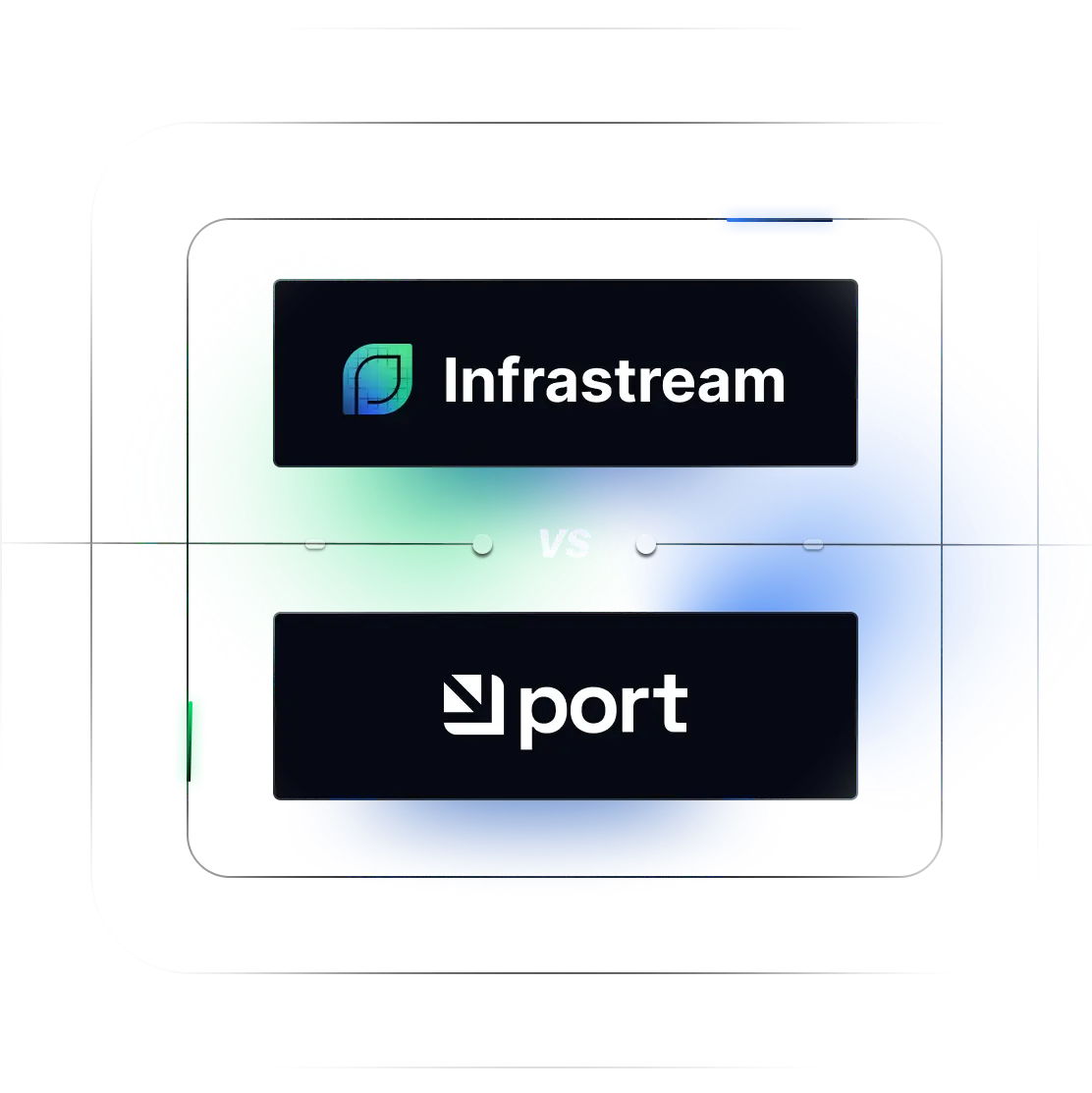
Differentiating Infrastream's Execution Platform from Port Developer Portal Framework
Infrastream’s edge over
Core Role:
Portal Layer vs. Execution Engine
Port creates a single-pane-of-glass view — cataloging services, surfacing metadata, and triggering actions via other tools.
Infrastream performs the actions, securely provisioning infrastructure, deploying code, and enforcing runtime policies.
Infrastream isn’t a UI over your tools — it’s the secure engine behind the workflows.
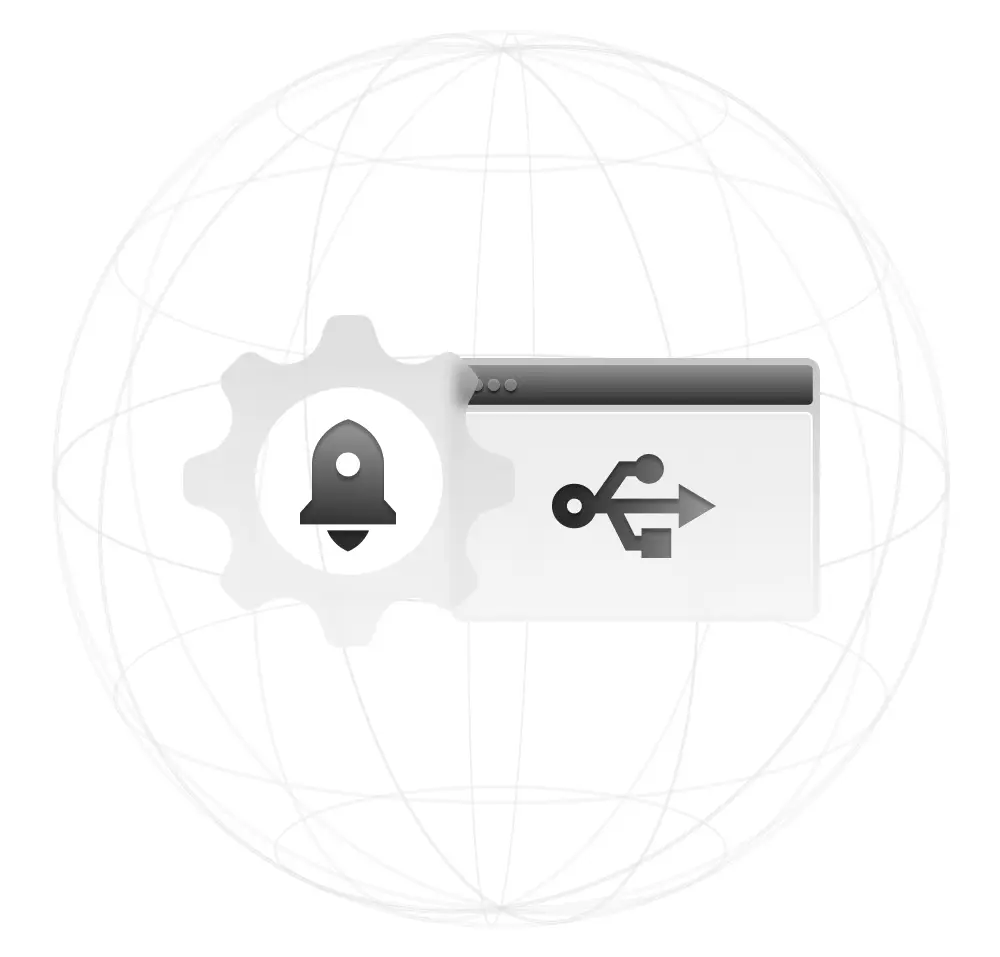
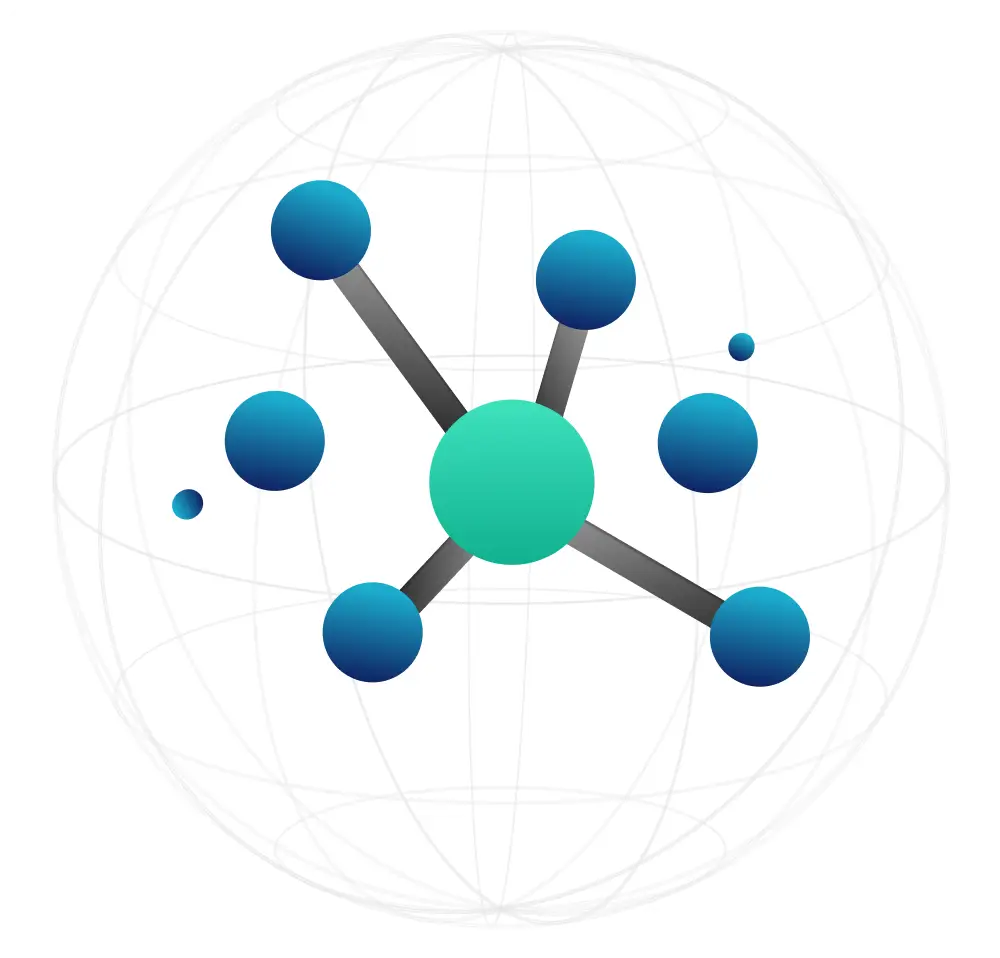
Security Model:
UI RBAC vs. Full-Stack Enforcement
- Executors use ephemeral, scoped credentials
- Mandatory mTLS, strict network controls, and Falco-based threat detection
- OAuth2/OIDC-authenticated platform access
Credential Handling:
External vs. Embedded
Port triggers tools that manage their own credentials — usually static, long-lived, and managed outside the portal.
Infrastream generates ephemeral, scoped, time-limited credentials through its Executors, fully managed by the platform.
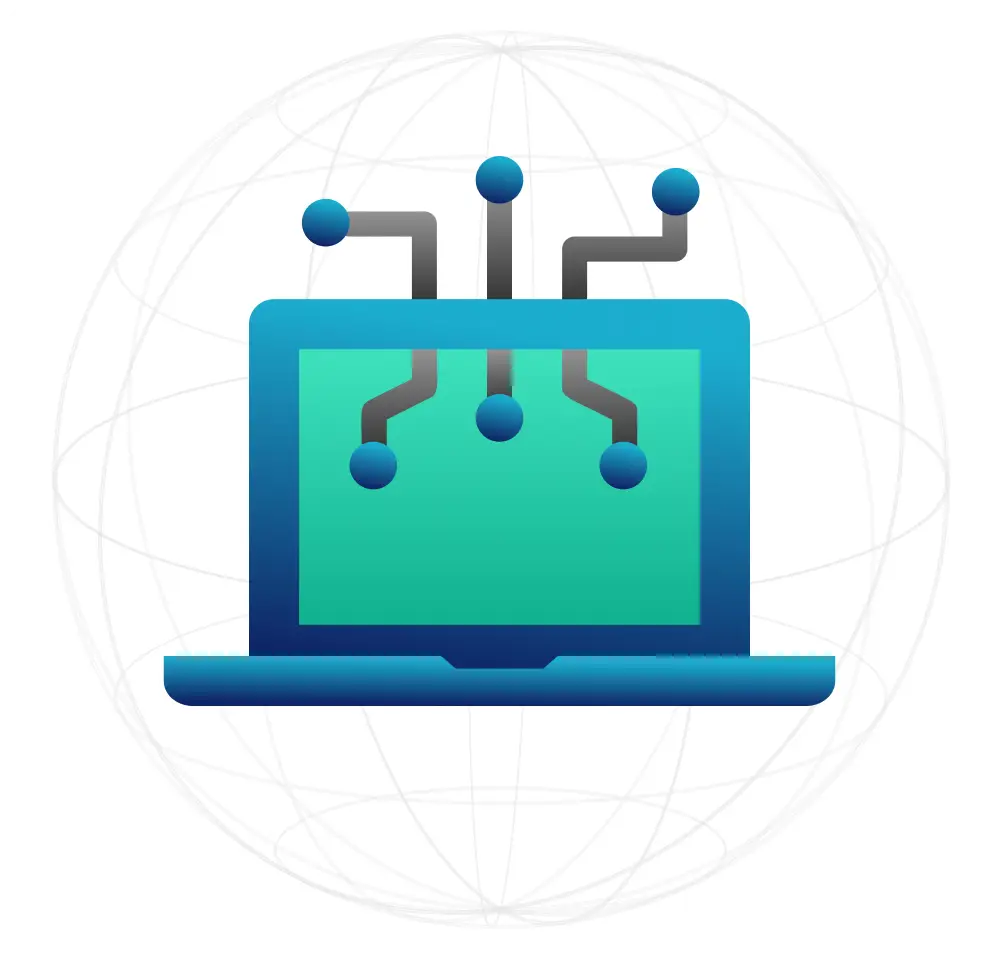

Infrastructure as Code:
Orchestrated vs. Governed
Port calls Terraform or Pulumi to manage infra but doesn’t replace or secure how it runs.
Infrastream provides policy-governed IaC workflows, enforced and executed securely via its Executor model — deeply tied into GCP IAM and Secrets.
Infrastream makes IaC safe, consistent, and governed by default - not just initiated.
AI/ML Workflows:
Display vs. Deliver
Port can list ML services and trigger pipelines — but relies entirely on your CI/CD toolchain.
Infrastream delivers a built-in AI/ML orchestration strategy, securing Vertex AI Pipelines, BigQuery workflows, and high-performance Mojo/Max runners.
Security isn’t layered in - it’s built around the AI workflow from the start.
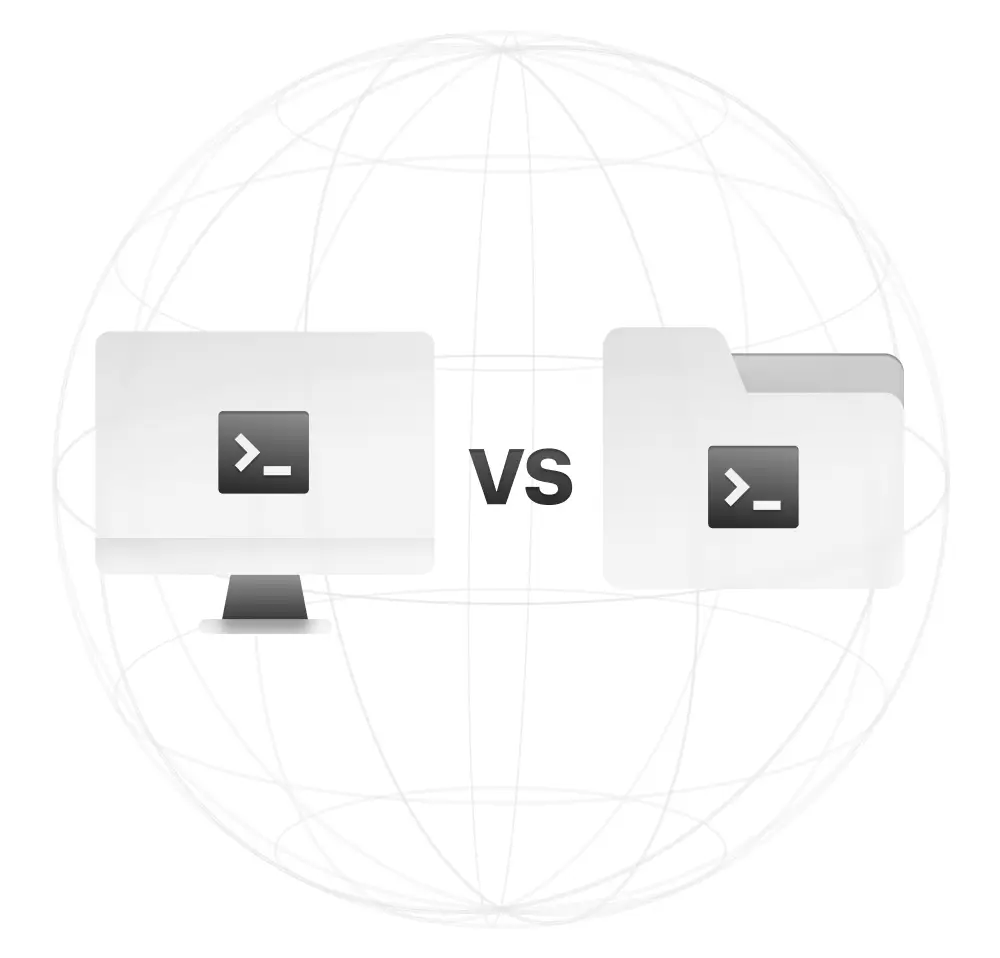




Via SCM
Via CI Integration
(Data Ingestion)
Via Cloud/Tool Int.
Via Integration (e.g. Istio)
Ready to Redefine Your Infrastructure?




